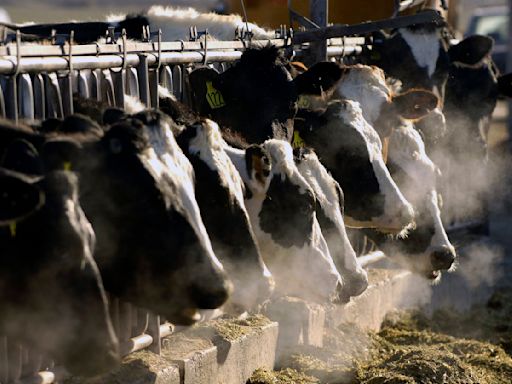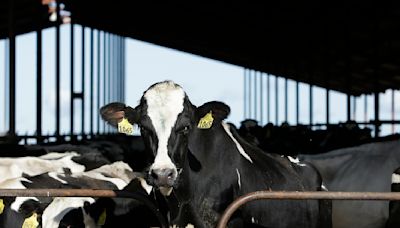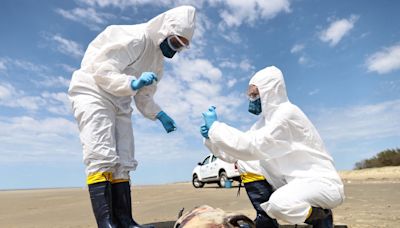Search results
Etymology. The name "coronavirus" is derived from Latin corona, meaning "crown" or "wreath", itself a borrowing from Greek κορώνη korṓnē, "garland, wreath". The name was coined by June Almeida and David Tyrrell who first observed and studied human coronaviruses. The word was first used in print in 1968 by an informal group of virologists in the journal Nature to designate the new ...
Apr 12, 2024 · Virus, infectious agent of small size and simple composition that can multiply only in living cells of animals, plants, or bacteria. Viruses possess unique infective properties and thus often cause disease in host organisms. Learn about the history, types, and features of viruses.
Coronavirus disease 2019 (COVID-19) is a contagious disease caused by the coronavirus SARS-CoV-2.The first known case was identified in Wuhan, China, in December 2019. The disease quickly spread worldwide, resulting in the COVID-19 pandemic.. The symptoms of COVID‑19 are variable but often include fever, fatigue, cough, breathing difficulties, loss of smell, and loss of taste.
Severe acute respiratory syndrome coronavirus 2 ( SARS‑CoV‑2) [2] is a strain of coronavirus that causes COVID-19, the respiratory illness responsible for the COVID-19 pandemic. [3] The virus previously had the provisional name 2019 novel coronavirus ( 2019-nCoV ), [4] [5] [6] [7] and has also been called human coronavirus 2019 ( HCoV-19 or ...
Viruses are a strand of nucleic acid with a protein coat. Usually the nucleic acid is RNA; sometimes it is DNA. Viruses cause many types of diseases, such as polio, ebola and hepatitis. Viruses reproduce by getting their nucleic acid strand into a prokaryote or eukaryote cell.
Virus classification is the process of naming viruses and placing them into a taxonomic system similar to the classification systems used for cellular organisms . Viruses are classified by phenotypic characteristics, such as morphology, nucleic acid type, mode of replication, host organisms, and the type of disease they cause.
Key points: A virus is an infectious particle that reproduces by "commandeering" a host cell and using its machinery to make more viruses. A virus is made up of a DNA or RNA genome inside a protein shell called a capsid. Some viruses have an external membrane envelope. Viruses are very diverse.







